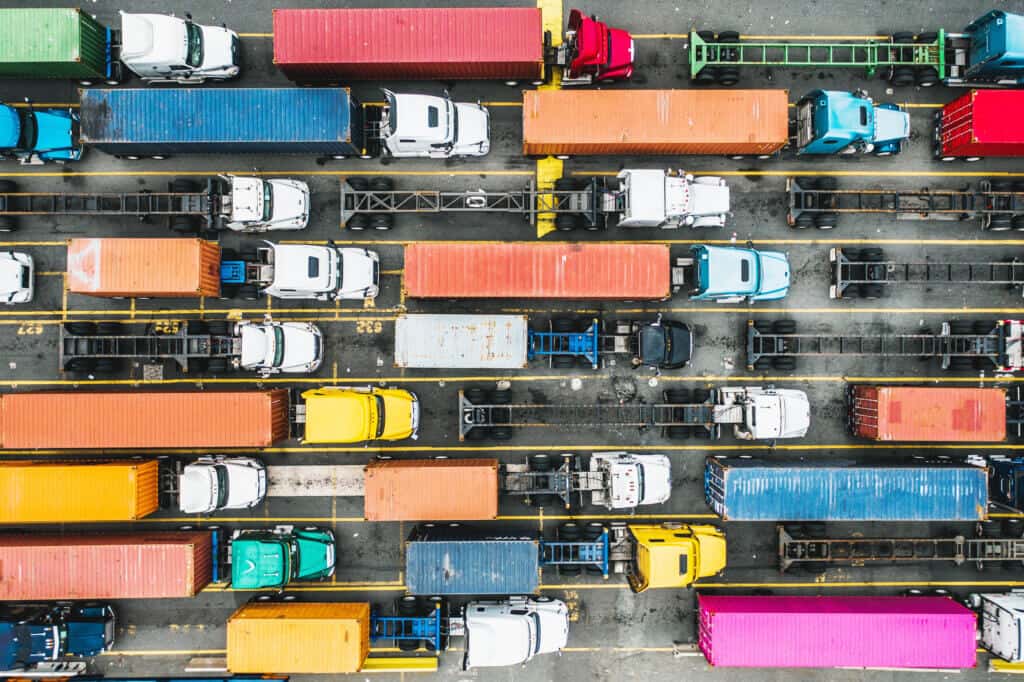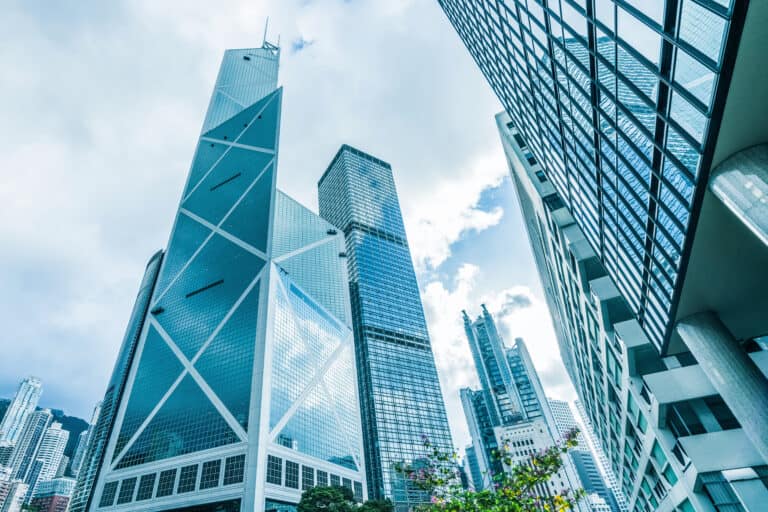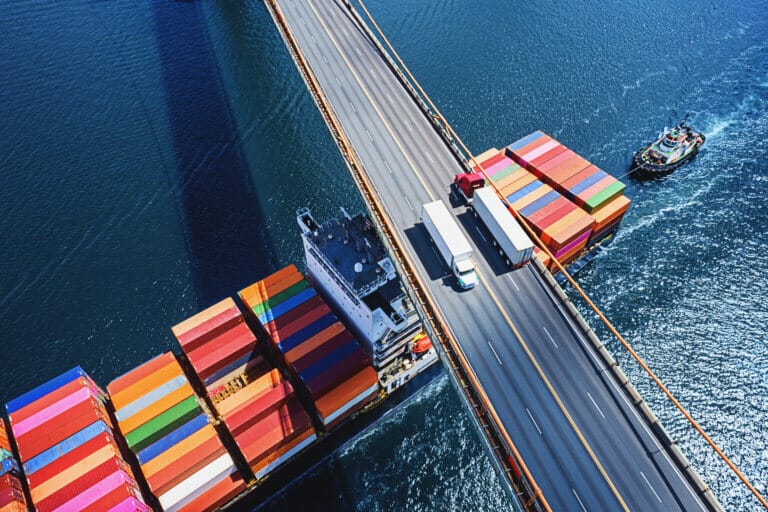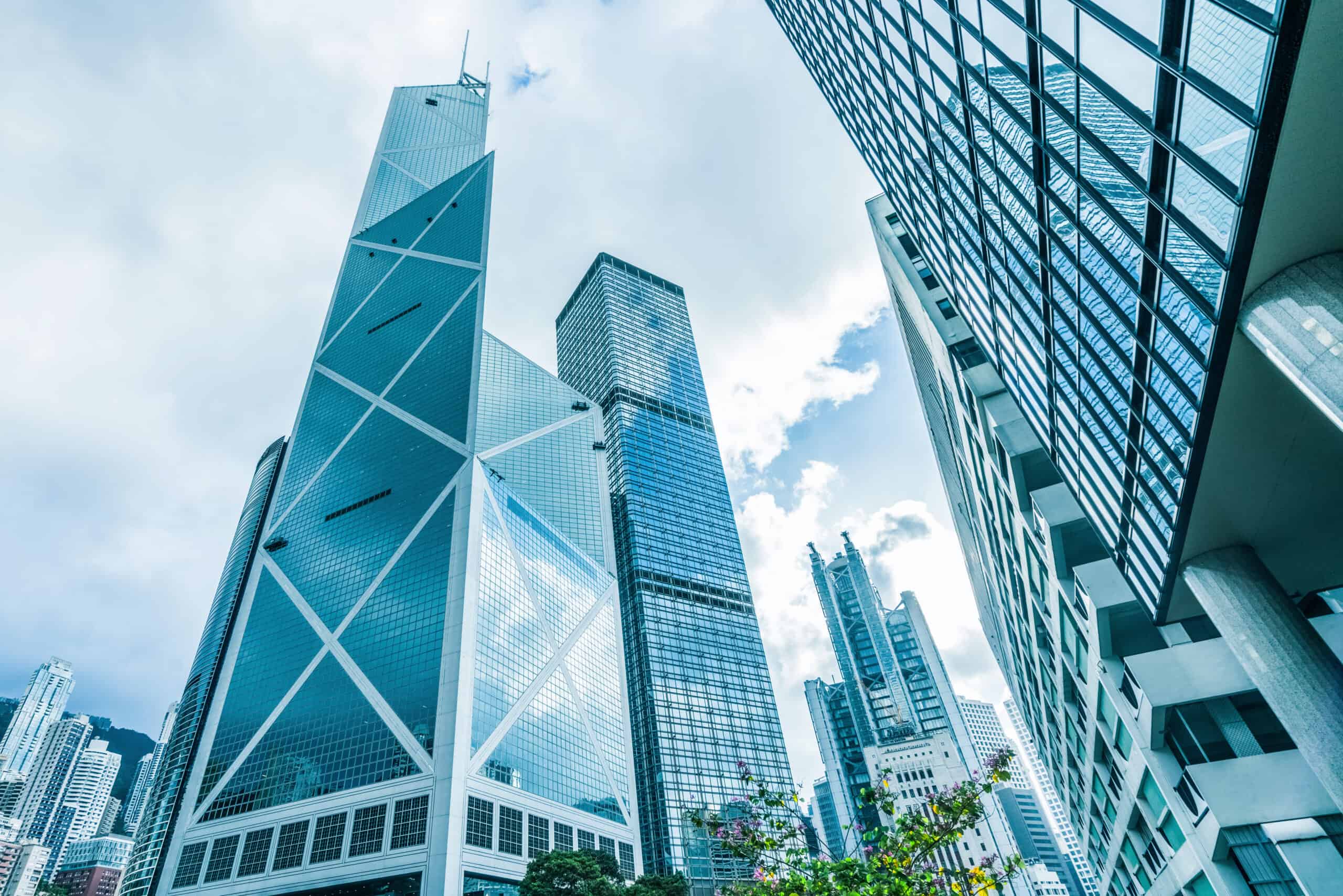
Not too many people are familiar with the Ragnar relay races. In these endurance competitions, teams of 12 individuals run various segments (or legs) of a 200-mile race, some teammates running through the night. Each participant will run a total of between 11 and 24 miles over several legs. Ragnar relays are different from relay races we typically see at the Olympics, where runners are on a track and each one is running the same, comparatively shorter distance. Either way, in every relay race, each runner has a specific objective and they rely on their skill and personal strengths to deliver a strong performance for their leg of the relay and “pass the baton” (physical or virtual) to the next runner until the final destination—the finish line—is reached.
Another type of “run” is the run on hot products, which many of us are pursuing as holiday gifts to delight someone (or perhaps ourselves). Last summer, you were warned to start shopping early for holiday gift items. Yet here we are still hoping we can get our gift items to present to our family members, friends or ourselves on the day of our celebrated holiday. Suppose your hot item has anything to do with electronics, vehicles (anything with a microchip in it) or apparel and footwear. In that case, there is a solid chance that the desired item will spend time on a boat from Asia or another far-off continent. So, what does that mean for your item’s arrival?
Let the relay race begin!
As a runner myself, I will use the example of my gift to self and family—the much-desired treadmill, which we’ve coveted for some time. It’s a splurge that will set us up to train more comfortably, even in colder weather. This new treadmill has a 32-inch screen, a soft running bed (to protect the knees) and software galore to train and entertain us as we add up the miles.
At the Starting Line – short, predictable first leg
Leg one of the race to receive a treadmill by the holiday begins with the controller board being manufactured in Asia, where plant closures due to Covid-19 have caused orders to back up. In fact, leg one of the race has a “delayed start” waiting for this order to be prioritized as the manufacturer is likewise receiving orders for controller boards for refrigerators, robotic floor sweepers, laptops and automobiles. These contracted manufacturers must consider large orders from highly valuable customers weighed against other orders in the queue, as well as labor shortages and workplace safety considerations during a pandemic. The manufacturer of my controller board relies on its own various suppliers to receive parts for the controller board. Multiple tiers of suppliers, each dealing with their own high demand, shortages and labor concerns, have led to the overall delay in this supply chain race.
Leg Two – the long haul with the most miles
We expect this to be one of the longer legs as we pass the baton to the team member who runs the Asia-to-America route. It was tricky trying to figure out when the product would be ready to ship, but based on communication with the manufacturer, the ocean shipment booking was made with as much advance notice as possible to secure a container and space on the vessel—yet at around twice the amount it would have cost just last summer (and summer costs were already double those of January 2021).
Exactly how long is this long haul? e2open published its inaugural Ocean Shipping Index, citing a 23% increase in the number of days to book a container, have it shipped overseas and received by ground transport for final delivery from Asia to North America. As of October 1, 2021, it now takes 70 days—13 days longer than one year ago. One reason for the marked increase is that shippers are securing capacity earlier than usual to capture a lower rate before it slips away. Additionally, the transit time from departure to arrival at the destination port has increased by 36% or five days—sometimes because there is no berth available when the vessel arrives.
The Water Station – an (ideally) quick stop in preparation for the next leg
Our container finds itself in an unusual situation—a stop on the water—outside the port for days with one hundred or more other ships waiting for a berth. This is not a slow down or a short stop in the race, but instead a drop-the-anchor stop. News crews have reported and videoed from helicopters in the sky above to show us what the ocean carrier “cell phone lot” looks like. This scenario is compared to the parking lot outside an airport where cars wait for arriving passengers to signal they are ready for the vehicle to enter the terminal area for pick up. This pandemic-induced water stop is not a planned leg of the race; the baton sits on the ship waiting for the handoff while the port struggles with congestion and frustration.
The Next Leg – challenging terrain and heavy lifting required
Your ship’s ticket is called. The container is ready to unload with the baton in hand, ready to pass to the longshoreman, who is responsible for the heavy lifting of containers from ships. How do ocean carrier companies minimize environmental impact and maximize profits? They build larger ships to carry more containers. In fact, the largest ships today can carry more than 18,000 containers. The longshoreman’s work is more arduous with larger loads and yet the same amount of space at the port to place inbound containers, increasing the time and complexity of this heavy-lifting leg of the race.
Penultimate Leg – the next runner hopes their wait pays off
Terra firma—our container has reached land! The next handoff goes to a truck driver—that is, if you can find a driver for this next leg. The delays and complications added to the truck driver’s work could make anyone grow weary as they wait for their leg of the race to start. Congested ports cause inefficiencies and confusion. Customs screening finds illegal items in containers that break import regulations, slowing down the processing of containers. Pandemic-induced personnel shortages or port closures cause further delays. Truck drivers report waiting extended hours and days for planned pickups, impacting their ability to maximize the use of their truck and their income.
To improve communication between carriers and truckers and maximize efficient use of containers and transfers, a marketplace for container management can connect carriers and truckers to automate the movement of containers and improve street turns—a win-win for all parties involved.
The Closer – the last miles to the finish line
The supply chain relay team members may or may not have had complete visibility into our treadmill’s journey. Brand owners, contract manufacturers, multiple tiers of suppliers, assemblers and packers need visibility and communication from purchase order to manufacturing to logistics if the last mile of delivery is scheduled at or near the time the product arrives. e2open’s collaboration solutions are designed to connect all tiers of trading partners and give visibility across every leg of this relay race, so the final runner—the Closer—knows when to expect that baton for the last miles to the destination.
Relay teams need good communication to know when to expect their share of the work to begin and hand off the baton to the next team member effectively. As we have hopes and expectations for the supply chain relay team to meet our personal deadlines, take into consideration the multiple legs of the race, the complexities and the effort it takes—before you frown and say “Bah humbug!”
Watch this 3-minute video to Learn More about the Power of the Network for transportation and logistics (and delight everyone with high customer delivery scores on today’s most desired gifts).







